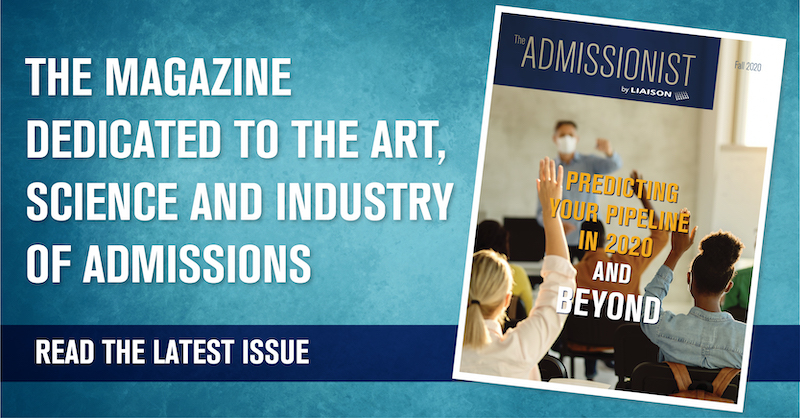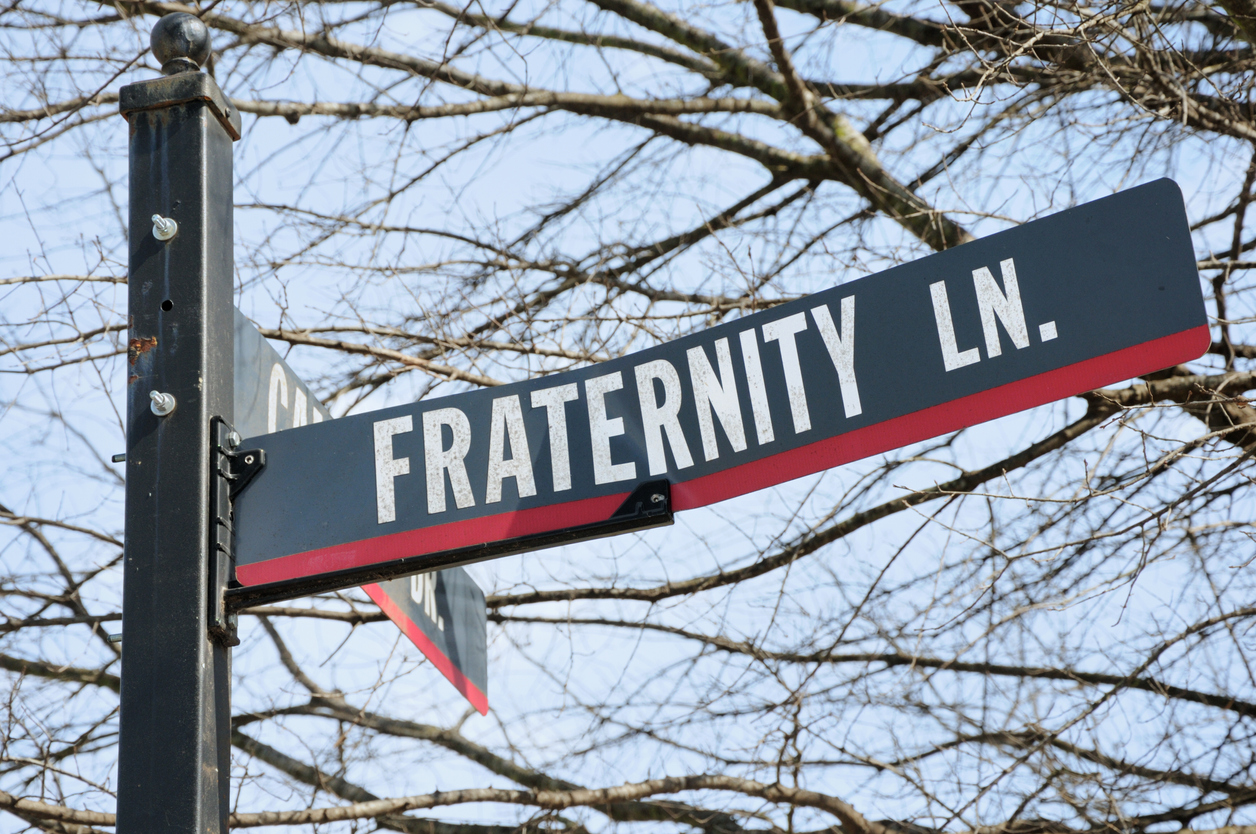How do you say “contagious” in Greek? 91% of gatherings linked to COVID-19 cases at one school were fraternity and sorority events
A new Centers for Disease Control and Prevention report on the rapid spread of COVID-19 cases at an unnamed Arkansas university places much of the blame on in-person sorority and fraternity recruitment events. “Within two weeks of the start of the 2020–21 academic year, COVID-19 cases rapidly increased among persons associated with university A. Transmission was likely facilitated by on- and off-campus congregate living settings and activities, with a majority of the gatherings (91%) and links between them (72%) associated with fraternities or sororities. Most patients reported virtual instruction only, which indicates transmission likely occurred primarily outside the classroom; this finding is supported by the very small proportion of cases among faculty and staff members (0.5%).” The report also notes that virtual recruitment events were associated with fewer cases than in-person events, and encourages colleges and universities to work with local and campus stakeholders to ensure safety compliance.
Source: Centers for Disease Control and Prevention
Most directors and clinicians at college counseling centers experienced pandemic-related burnout this fall
In light of the fact that 85% of college students said they were more stressed and anxious this fall than a year earlier, it should come as no surprise that the people they turn to for help are feeling stressed out, too. A new study “reveals that almost all (91%) college counseling center directors and clinicians have experienced burnout during the 2020 Fall semester due to COVID-19… The rate of self-reported burnout was 92% among college counseling center directors and 90% among clinical staff at college counseling centers.” Nearly half (45%) of clinicians said they “agreed or strongly agreed that their workload compromises their ability to provide quality care.” When clinicians and directors were asked for ideas about alleviating burning, the most common responses were: “staff camaraderie and personal connections with coworkers” (37%), “a culture of openness to acknowledge and discuss burnout (30%)” and “more vacation time or greater flexibility around vacation time” (30%).
Source: eCampus News
Students with children do better in college, but are less likely to graduate
Although a significant portion (22%) of undergraduate college students have a child, schools still need to do a better job of understanding and supporting them in order to ensure they graduate. According to one recent report, those students generally earn higher GPAs than their non-parent peers yet they are less likely to complete their studies. “The COVID-19 pandemic’s effects on child care has put yet more strain on student parents, while the resulting recession means campus employment and job placement services are now even more critical for student parents.” Overall, 53% of student parents have a child under age 6 who requires care while the parent is in school, but only 47% of colleges provide night and weekend classes that would give parent students more scheduling flexibility. While community colleges are more likely to offer flexible schedules, “four-year public colleges offer more resources but are more expensive and have stricter admission policies, making them less accessible.”
Source: University Business

As revenue dropped, most independent schools spent more than expected on COVID-19 this fall
A recent membership survey conducted by the National Association of Independent Colleges and Universities found that 75% of responding schools said “COVID-19-related spending in the fall exceeded their expectations.” At the same time, 87% “also reported falling auxiliary services revenue, which includes revenue from athletics or theater events, catering, rented space for weddings or conferences, and a host of other college side gigs.” A similar survey, conducted by the Association of Public and Land-grant Universities, found that testing was the single biggest expense, with half of all respondents saying they spent between $514,000 and $7.8 million on testing this fall.
Source: Inside Higher Ed
